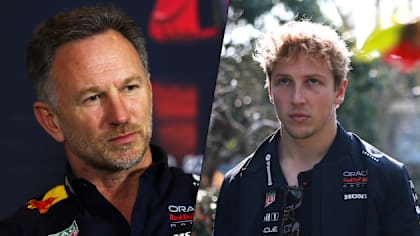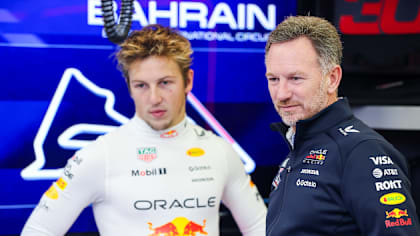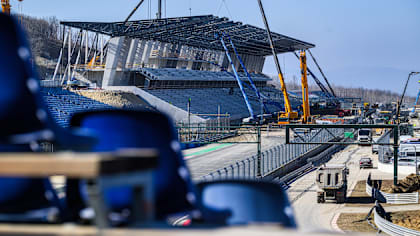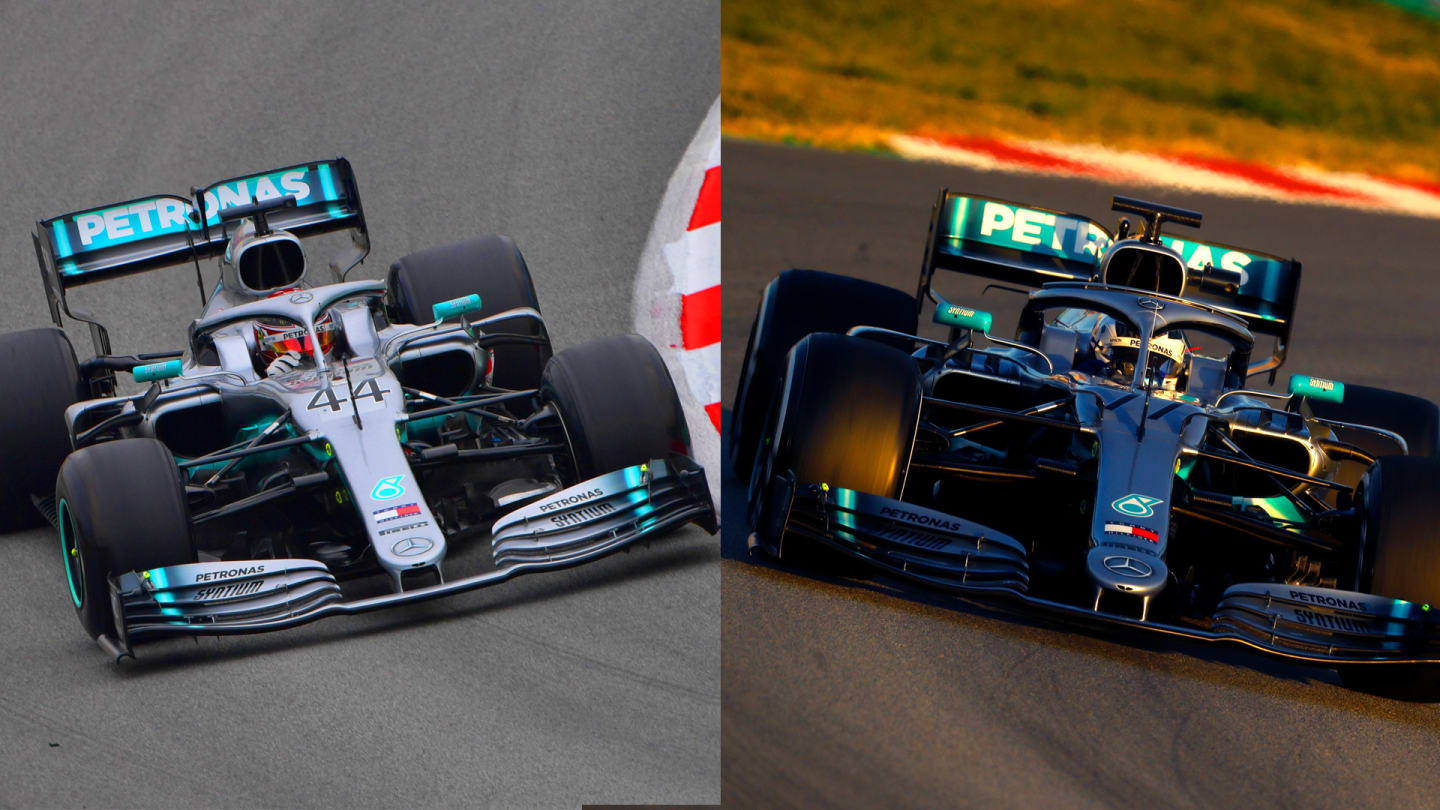
Technical
Why Mercedes brought such a heavily revised car to Test 2

Share

The radical facelift given to Mercedes’ W10 challenger was the big talking point as the second F1 pre-season test of 2019 got underway in Barcelona on Tuesday. But just what have they changed – and why have they made such wholesale tweaks so soon?
There’s no doubting that the W10 that appeared for Week 2 of testing is radically different over almost all its body surfaces to that used in the first week. This is far too big an upgrade to have been a reaction to any input from last week’s tests and we understand that the team planned it way in advance. The Week 1 car was a representation of where the design was at in the wind tunnel by the end of November and was built as a ‘safe’ option for the first week of testing, to insure against there being any delays with the development of the more aggressive package.
Mercedes: Analysing the world champions' new aero package for Test 2
The build of this ‘safe’ initial car allowed the aero department to continue working in the wind tunnel on the original more aggressive concept for several more weeks, the result of which is the car that broke cover on Tuesday of Week 2 and which essentially is the car that will be raced in Melbourne.
Pre-season testing 2019: Mercedes trial new aero package
Compared to the car that ran last week, the new one has a revised nose and front wing, totally new barge boards and – perhaps the biggest change of all – reshaped sidepods that incorporate a much-enhanced downward sweep of the upper surface and a tighter coke bottle section. It’s a visibly more aerodynamically aggressive design than the car which ran last week.
The first visual tell tale of the upgrade is probably the nose, which now has a small tapered-in section just up from the tip, where the big ‘cape’ guide vane beneath the nose is joined. This will have increased the feed of air to the vane, helping to further accelerate it onto its way to the underfloor. There are accompanying changes to the floor slots. The more downforce the floor generates, the greater the strength of the vortices at the outer edges of the floor need to be in order to seal the floor and maintain the negative pressure that effectively pulls the car down. The underfloor vortices that serve as sealing skirts are created by these slots.

The nose now has a small tapered-in section
The front wing is also different. Although is still adheres to a philosophy of full depth across its span – in contrast to the Ferrari and Alfa Romeo – the endplate has been redesigned and realigned. Whereas the endplate’s edge previously turned slightly inboard in order to hook up with the flow of the top elements to generate a vortex that aided in out-washing the airflow around the tyre, now the endplate itself is aligned outboard. To help with the vortex generation that turns the flow around the tyre (rather than crashing into it), the top corner of the endplate has been cut away.
Front Wings: The differing designs of Mercedes, Ferrari and the rest of the 2019 grid
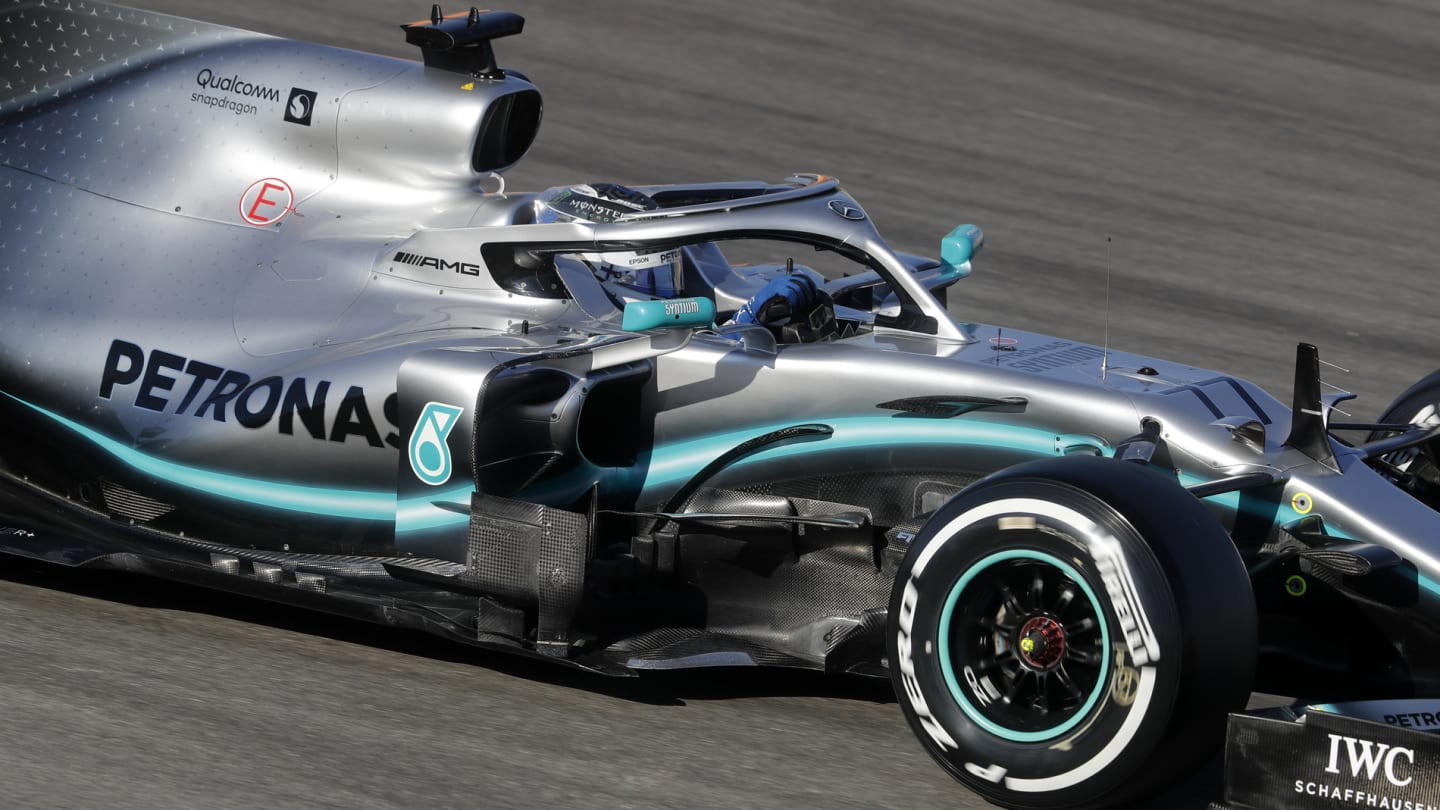
The team have designed a complex barge board arrangement
The flow off the mid part of the wing now connects up to a totally different – and hugely complex – array of barge boards. Their shaping will have been largely determined by the very different flow induced by the reshaped sidepods. Some internal repackaging of the cooling internals will have been necessary to produce the new shape, which has a more pronounced downward sweep, helping to accelerate the airflow there as it makes its way towards converging with the flow coming along the sidepods and through the tighter coke bottle section – the converged flow then heading for the crucial gap between the inner edge of the tyre and outboard edge of the diffuser. The more airspeed that can be generated at this point, the better that flow can be used to energise the underfloor flow exiting from the diffuser, drawing on it to pull it through harder.

The new Mercedes front wing features and outboard endplate angle
Being low-rake in concept, the car’s floor will not naturally be worked as hard as the high-rake cars and so the Mercedes aero team seems to have been working extra hard into energising both the airflow into the floor (with the new nose feeding the cape vane) and in extracting it from the floor by way of these sidepod and associated barge board changes.
YOU MIGHT ALSO LIKE
News ‘We have a duty of care to protect and develop Liam’ – Horner opens up on decision to replace Lawson at Red Bull
News ‘You have to have two cars scoring’ – Horner assesses Red Bull’s chances of chasing down McLaren for the Teams' title
News Hungaroring provide update on circuit upgrades ahead of 2025 Grand Prix
FeatureF1 Unlocked Crypto.com Overtake of the Month – Vote for Your Favourite Move Now!

